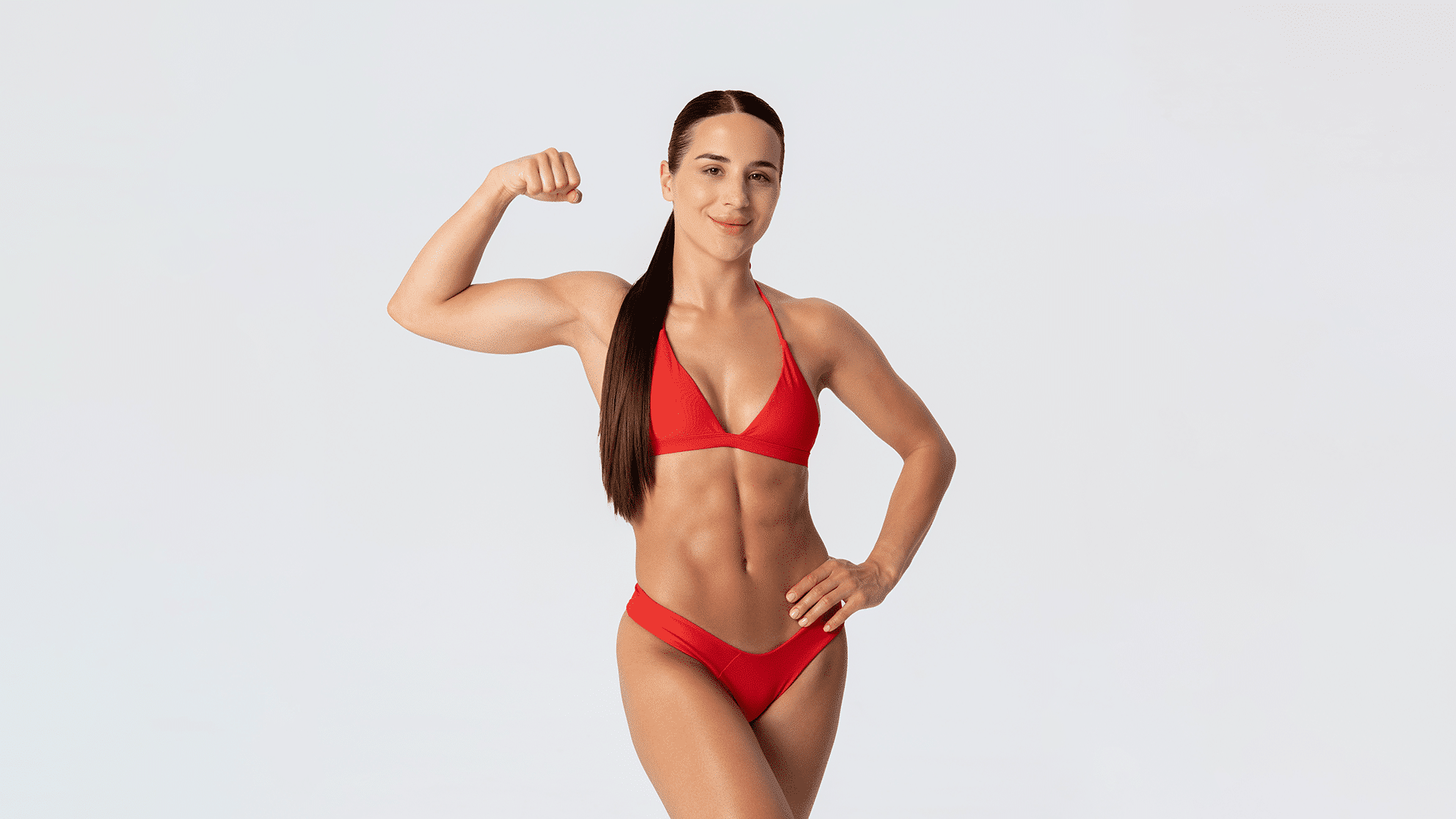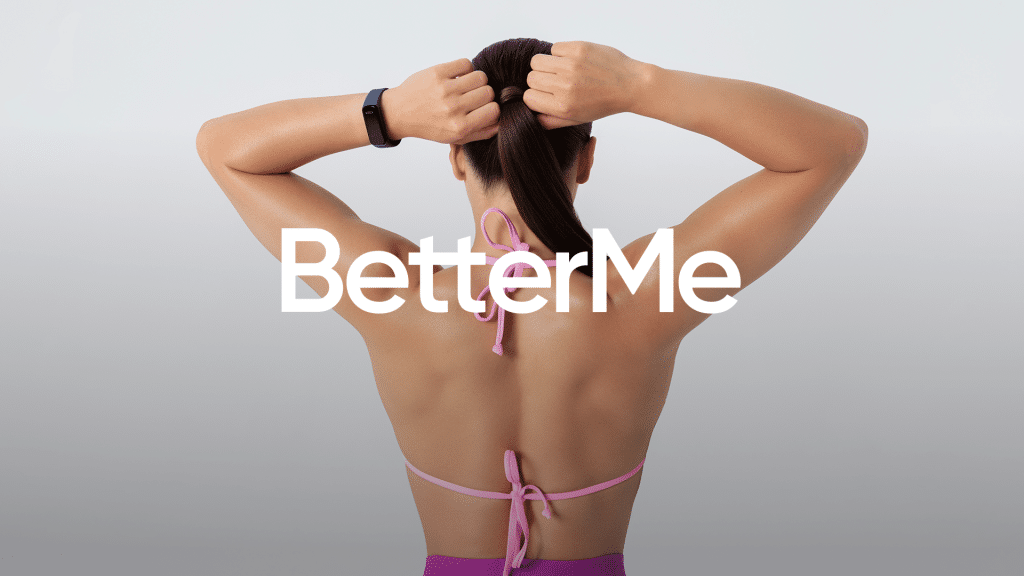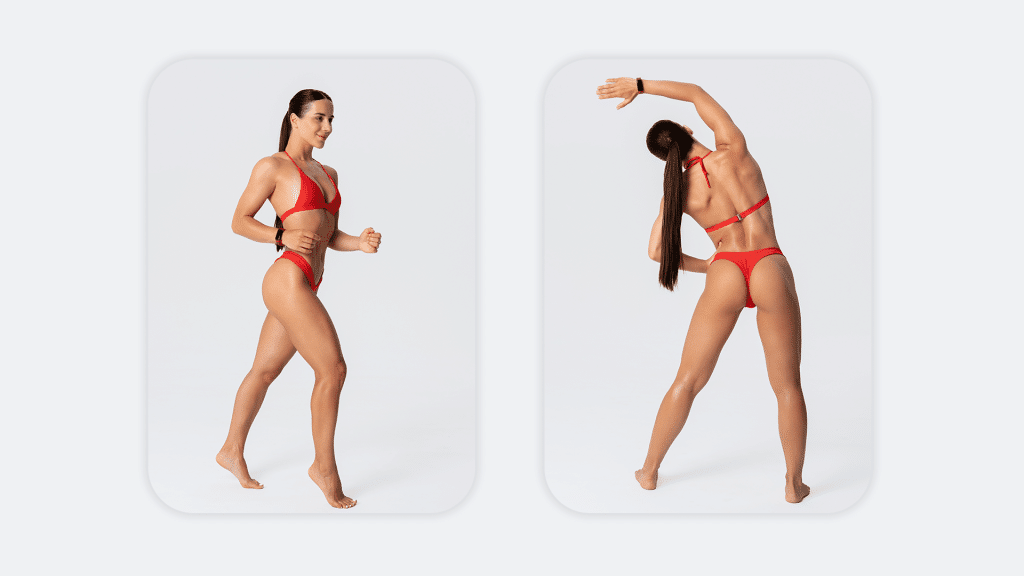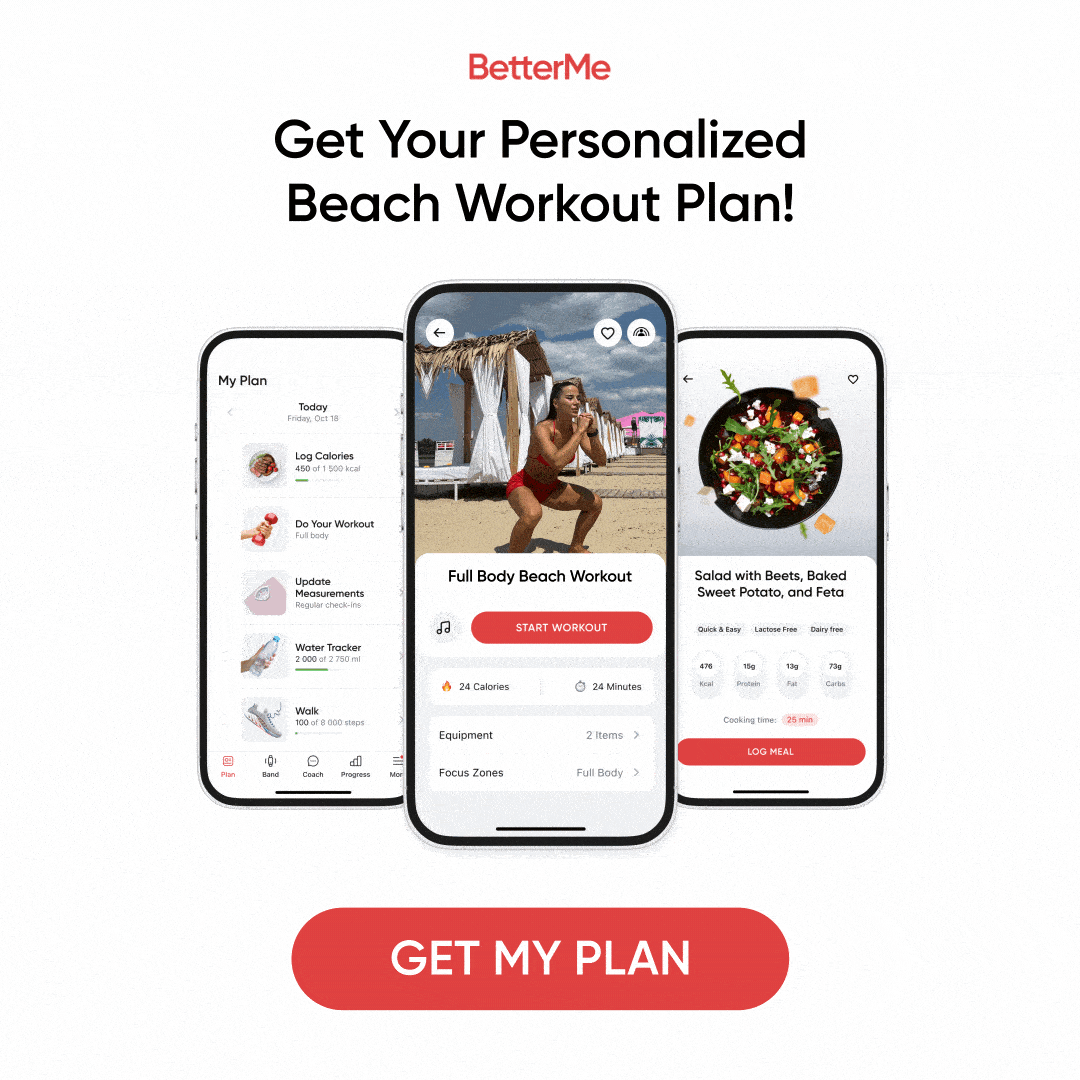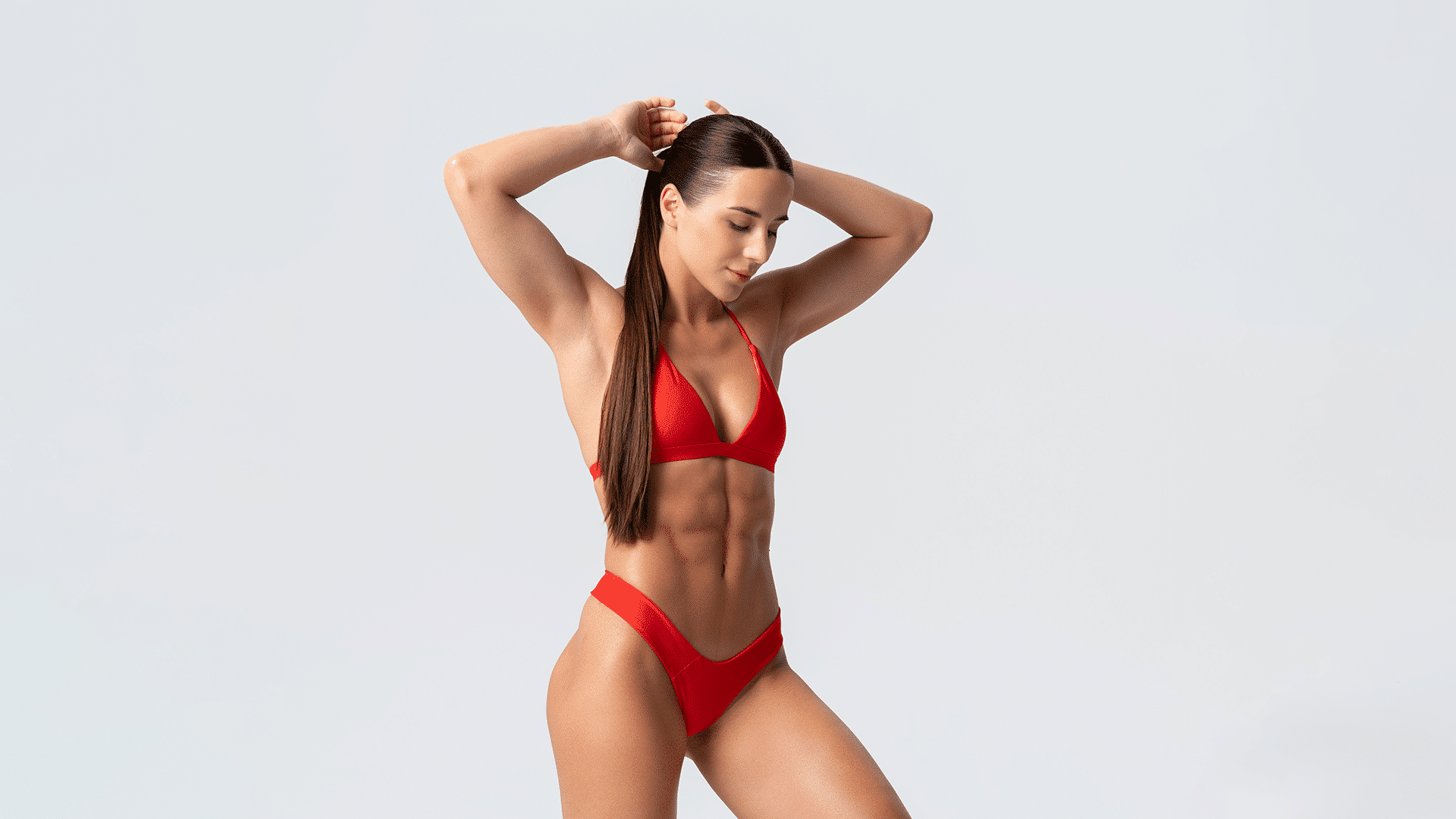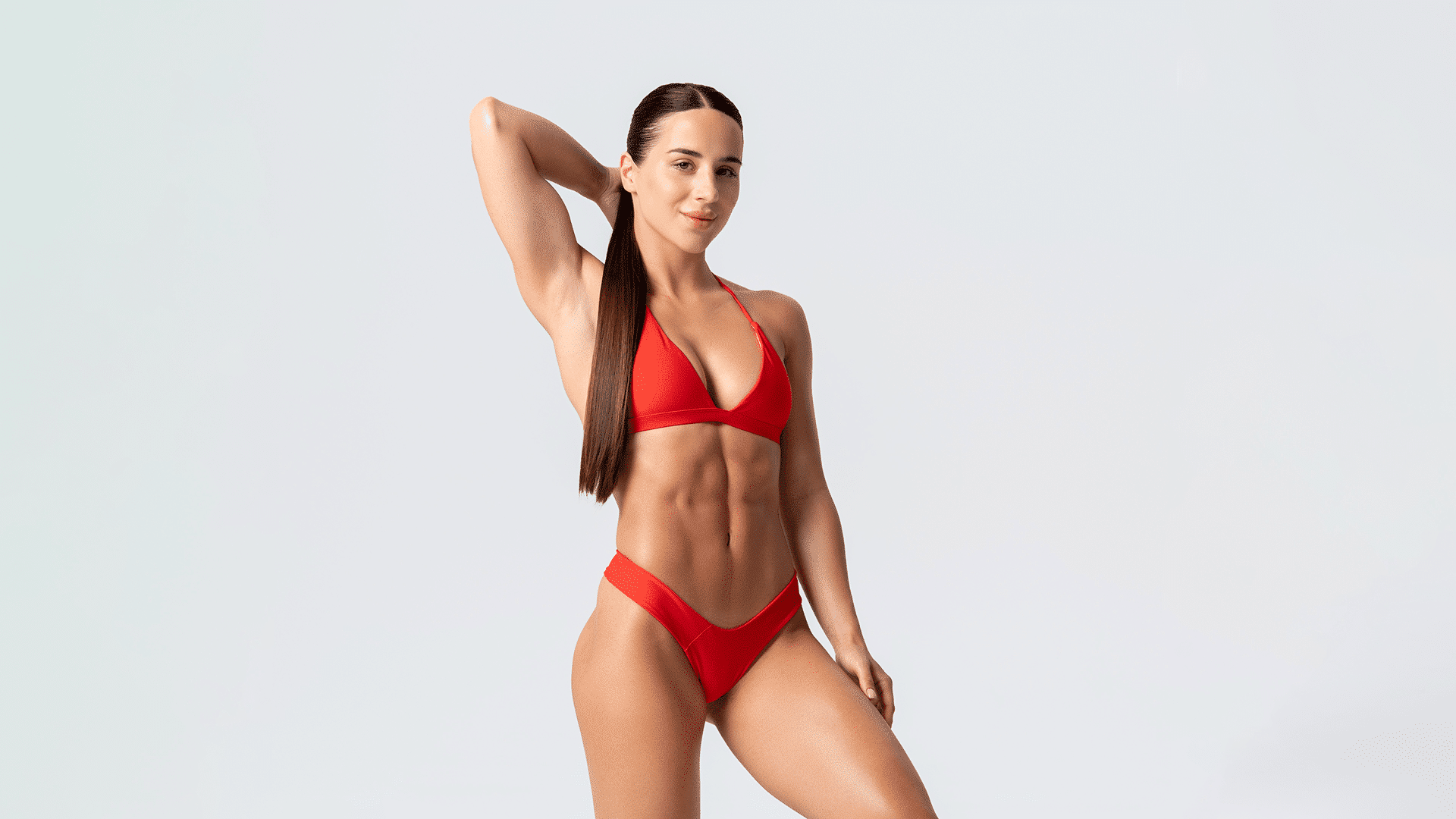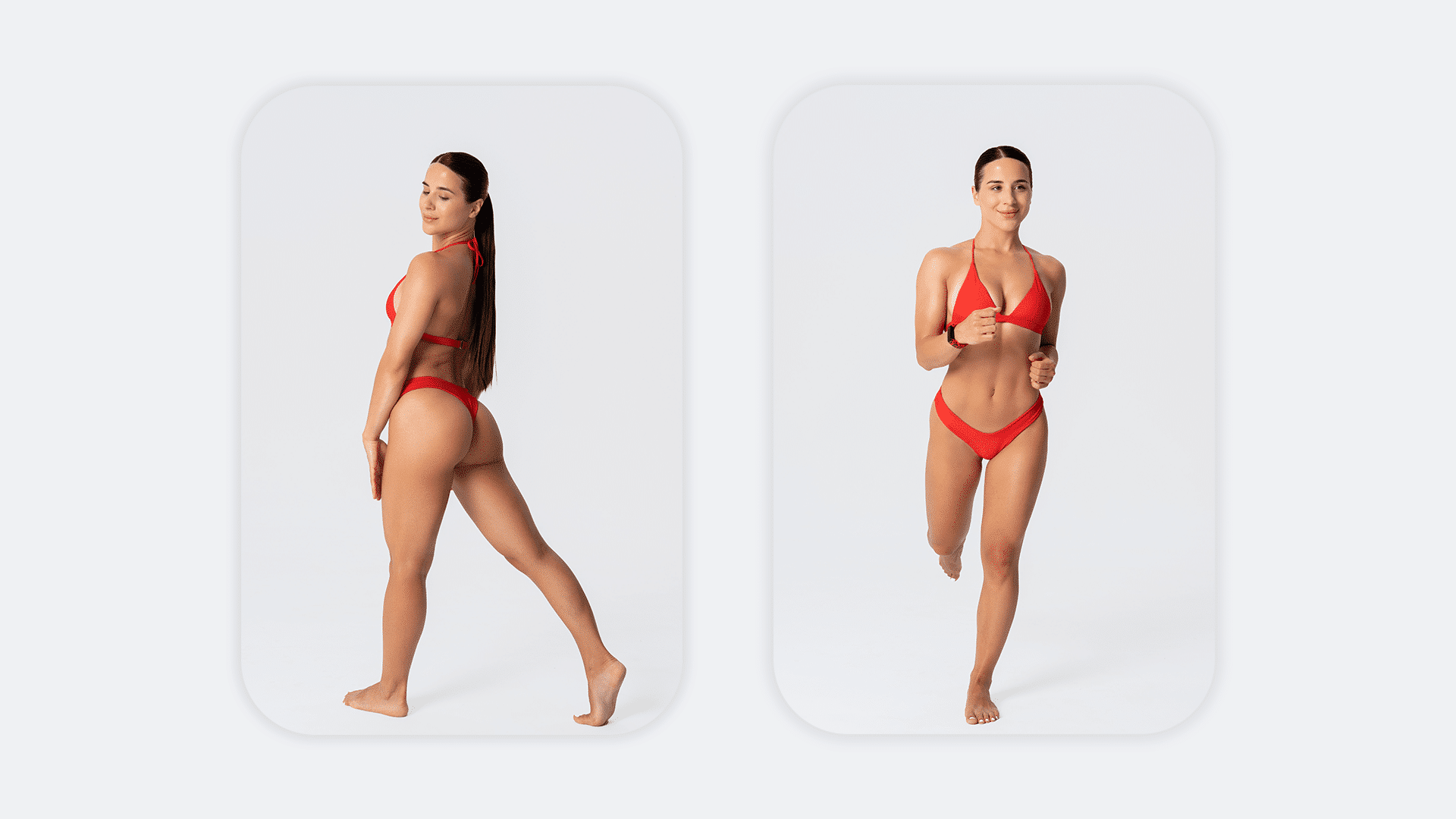Resistance is an important factor to consider when you have a goal to build muscle. Resistance refers to the force that your muscles have to work against in order to become stronger and more defined. But what if I told you that you don’t always need weights or gym equipment to create resistance? In fact, you carry with you one of the best items for resistance training every day – your own body weight. Welcome to the world of bodyweight exercises, where your fitness journey can take place anywhere, even on the beach. In this blog post, we’ll explore how you can use the natural resistance provided by sand and water to craft an effective, full-body workout. Whether you’re vacationing by the sea or live near the coast, this beach workout with no equipment will help you stay fit while enjoying the calming ambiance of the beach.
Beach Workout With No Equipment: Can You Get A Good Workout Without Equipment?
Not only can you get a good workout on the beach without equipment, but full-body workouts also offer unique benefits that you can’t get from in a gym workout:
Natural Resistance
Sand provides a natural resistance that intensifies your workout. As you know, walking or running on sand requires more effort compared to doing the same on a hard surface (8). This results in a higher calorie burn and an effective strength-training workout.
Full Body Workout
Beach workouts often engage multiple muscle groups at once. For example, running on a beach works on your legs, core, and upper body as you move against the resistance of the sand.
Functional Movements
Beach workouts usually involve functional movements, which are exercises that mimic everyday actions. These types of exercises improve balance, coordination, and flexibility (2).
Low Impact
Working out on the beach is also low impact (8). The soft sand cushions your joints, reducing the risk of injury and making it a great option for those with joint issues and those new to exercise.
Stress Relief
The beach workout no equipment environment itself can contribute to a good workout. The sound of the waves, the smell of the sea, and the feel of the sun on your skin – all can make your workout more enjoyable and less stressful. This can motivate you to work out harder and for a longer time (9).
Versatility
The beach offers a variety of options for workouts. You can do everything from yoga and Pilates to high-intensity interval training (HIIT) and boot camp-style workouts.
Read More: Men’s Beach Workout Guide 2023
Beach Workout With No Equipment: What Exercises For A Beach Body?
A no-equipment beach workout can tone your muscles, build strength, and help burn calories. Here are 8 great bodyweight exercises to try:
1. Sprints
Sprints target your lower body muscles, including your quadriceps, hamstrings, and glutes, as well as your core. They also provide an excellent cardiovascular workout (7).
The beach is the perfect place for sprints because the sand provides extra resistance, making the exercise more challenging and effective.
- Start at one end of the beach and sprint to the other end.
- Walk back to the starting point to recover.
- Repeat this process for several rounds.
If you’re new to sprinting, start with shorter distances and gradually increase as your endurance improves. For more advanced sprinters, try sprinting on softer, deeper sand or include hill sprints if the beach has dunes.
2. Skaters
Skaters primarily work the glutes and outer thighs, but they also engage the core and improve balance and coordination. The soft surface of the sand makes skaters more challenging and enhances their benefits.
- Begin by standing on one leg.
- Hop sideways to the other leg, landing softly.
- Continue hopping from side to side.
Beginners can perform skaters more slowly or step from side to side instead of hopping. More advanced individuals can increase the speed or distance of their hops, or even add a band around the ankles for added resistance.
3. Squat Jumps
Squat jumps are a plyometric exercise that targets the entire lower body, including the quadriceps, hamstrings, and glutes. The sand adds an extra challenge to the jump and also provides a softer landing surface, reducing impact on the joints.
- Start in a squat position.
- Jump up explosively, extending your legs and swinging your arms upward.
- Land softly back in the squat position.If you’re new to plyometric exercises, start with regular squats and gradually add a small hop.
For more intensity, try jumping as high as possible or performing the jumps continuously without resting between reps.
BetterMe app is a foolproof way to go from zero to a weight loss hero in a safe and sustainable way! What are you waiting for? Start transforming your body now!
4. Tuck Jumps
Tuck jumps target the lower body muscles and also provide a great cardiovascular workout. The sand makes the jumps more challenging and helps to soften the landing, reducing impact.
- From a standing position, jump up and bring your knees towards your chest.
- Land softly and immediately jump again.
Beginners can start with lower jumps or even knee raises. For more advanced individuals, try jumping as high as possible or performing the jumps continuously without rest.
5. Shoulder Tap Planks
Shoulder tap planks target the core and shoulders, making them a great upper body and core exercise. Doing them on the sand can help improve balance and stability as the uneven surface adds an extra challenge.
- Start in a plank position.
- Lift one hand to tap the opposite shoulder.
- Alternate sides.If you’re new to planks, start by holding a static plank or drop your knees to the ground.
To progress, try lifting both a hand and the opposite foot off the ground at the same time.
6. Bear Crawls
Bear crawls are a full-body exercise that particularly target the shoulders and core. The sand adds an extra challenge and can help improve balance and coordination.
- Start on your hands and feet with your hips raised high.
- Crawl forward, moving opposite hands and feet together.
- Crawl backward to return to the starting point.
Beginners can start with shorter distances or slower movements. For more intensity, try crawling for longer distances or speeding up the crawl.
7. Walking Lunges
Walking lunges target the quadriceps, hamstrings, and glutes. Doing them on sand adds resistance and makes the exercise more challenging.
- Start standing upright.
- Step forward with one foot and lower your body until your front knee is at a 90-degree angle.
- Push up through your front heel and step forward with your other foot, repeating the lunge.If you’re new to lunges, start with stationary lunges.
For more intensity, carry a bucket filled with sand as you perform the walking lunges.
8. Crab Toe Touches
Crab toe touches target the core, glutes, and shoulders. The sand surface can make the exercise more challenging and help improve balance and coordination.
- Start in a crab walk position.
- Lift one hand and reach for the opposite foot.
- Repeat on the other side.
Beginners can start with a simple crab walk. For more advanced individuals, try increasing the speed of the toe touches or adding a hop when switching sides.
Read More: The ONLY HIIT Beach Workout You’ll Need This Summer
How Do You Train At The Beach?
Even with the right bodyweight beach exercises in your arsenal you’ll need to have a structured plan in order to get the most out of your beach workouts. Here are some tips for training at the beach:
Understanding The Terrain
The beach offers a unique terrain for workouts. Its sandy surface is less firm than solid ground, making it harder to balance and move on. This instability can actually enhance your workout by making your muscles work harder to stabilize your body.
Training on sand requires around 1.6 times more energy than training on a hard surface, meaning you burn more calories in the same amount of time. More resistance also means you’ll need to reduce the amount of weight you use for exercises, as the sand can provide enough resistance on its own.
Choosing The Right Exercises
When it comes to beach workouts, some exercises can be more effective than others. Exercises that use your own body weight, like squat jumps, skaters, burpees with push-ups, and tuck jumps, are great choices for a beach workout.
These exercises engage multiple muscle groups at once, giving you a comprehensive workout. They also benefit from the sand’s instability, which can help improve balance, coordination, and core strength. The key is to choose exercises that you enjoy and that suit your fitness level and goals.
Including Running
Running is a natural choice for a beach workout. The soft sand provides the resistance that can help improve your strength and endurance (8). For sure, running on sand is more challenging than running on solid ground, so it’s important to adjust your expectations.
Instead of focusing on speed or distance, pay attention to how hard you feel like you’re working. This approach can help ensure you’re getting a good workout without pushing yourself too hard.
Preparing For Soft Sand Running
If you’re planning to run during your beach workout, it’s important to prepare properly. Start your warm-up on a solid surface before moving to the sand. This can help your muscles adjust to the different surfaces.
Also, try to spend more time running on the more solid sand near the water, where the surface does not give as much. As your strength and endurance improve, gradually increase the amount of time you spend running on softer sand.
Intense sweat sessions, working weight loss tips, lip-smacking recipes come in one package with the BetterMe app. And all of it is at your fingertips, start transforming your life now!
Planning A Full-Body Workout
A well-rounded beach workout should target all your major muscle groups. This could include a mix of cardiovascular exercises, like running or high-intensity interval training (HIIT), along with strength-building exercises, such as squats, lunges, push-ups, and planks.
By including a variety of exercises in your workout, you can help ensure all your muscles are getting a good workout.
Prioritizing Safety
Safety should always be your top priority when working out at the beach. Make sure to stay hydrated, especially if it’s hot out. Apply sunscreen to protect your skin from harmful UV rays. Also, be mindful of the terrain and weather conditions. Avoid working out during the hottest part of the day or in extreme weather conditions.
How Can I Get A Beach Body Without Exercise?
A bodyweight beach workout is great, but sometimes, due to various reasons like injuries, lack of time, or simply not enjoying exercise, you might be looking for alternative ways to tone your body. Here are some non-exercise methods to help achieve a beach-ready physique:
Healthy Eating
One of the most effective ways to tone your body without exercise is to eat a balanced, nutritious diet (3). Include plenty of lean proteins, fruits, vegetables, and whole grains in your meals. These foods can help build muscle and reduce fat.
Macro Counting
Rather than just eating healthy, consider counting your macronutrients. This means tracking the grams of proteins, fats, and carbohydrates you eat daily. This approach can help ensure you’re getting the right balance of nutrients to support muscle growth and fat loss (11).
Intermittent Fasting
This eating pattern involves cycling between periods of eating and fasting. Some research suggests it can aid in weight loss and improve metabolic health (1).
Mindful Eating
Pay attention to what and when you’re eating. Eat slowly, enjoy the taste of your food, and stop eating when you’re full. This practice can help prevent overeating and improve your relationship with food.
Stay Hydrated
Drinking plenty of water can help boost your metabolism and aid in weight loss (12). It also helps keep your skin looking healthy and radiant. Hydrate throughout the day, but also try drinking a glass of water before meals. This can help control appetite and prevent overeating.
Good Posture
Simply standing up straight and maintaining good posture can make a significant difference in how your body looks. It can help your stomach appear flatter and make you look taller and more confident (5).
Get Plenty Of Sleep
Your body repairs itself while you sleep, including building muscle and burning fat. Getting enough sleep is crucial for maintaining a healthy body weight and overall health (4).
Reduce Stress
High stress levels can lead to weight gain, especially around the midsection (10). Find healthy ways to manage stress, such as meditation, reading, or taking a relaxing bath.
Frequently Asked Questions
Can I Gain Muscle Without Weights?
Yes, it is possible to gain muscle without lifting weights. This can be achieved through bodyweight exercises, which use your own body weight as resistance. They target various muscle groups in the body and can be modified to increase their intensity as you progress.
As you get stronger, continue to challenge your muscles by increasing the intensity of your workouts, either by adding more reps, doing more challenging variations, or reducing rest time between sets.
Remember that nutrition plays a crucial role in muscle growth. Ensuring a proper intake of protein and other essential nutrients will aid in muscle recovery and growth, complementing your workout efforts.
Can You Train Every Muscle Without Equipment?
Yes, you can train every muscle without equipment. Bodyweight exercises are a great way to target all the major muscles in your body with minimal risk of injury.
These exercises include push-ups, squats, planks, and lunges. These can be easily modified to increase intensity and target a specific group of muscles. For example, you can do single-leg squats to target your glutes and hamstrings or decline push-ups to work your chest and triceps.
Does Swimming Build Muscle?
Yes, swimming can build muscle. Swimming utilizes all the major muscle groups in your body to help tone and strengthen them. Due to the water’s resistance, your muscles are forced to work harder when swimming. This helps build strength and muscle mass over time (6).
Swimming is also a great way to burn fat and calories. The combination of cardio and strength training helps you achieve a leaner physique, particularly when combined with a healthy diet.
Beach Workout With No Equipment: The Bottom Line
Achieve your fitness goals with an invigorating beach workout that requires no equipment. Our guide provides 8 bodyweight-only exercises that can be performed anywhere, anytime. Challenge yourself with these exercises that engage various muscle groups, helping you build strength and endurance while enjoying the beautiful beach scenery.
DISCLAIMER:
This article is intended for general informational purposes only and does not serve to address individual circumstances. It is not a substitute for professional advice or help and should not be relied on for making any kind of decision-making. Any action taken as a direct or indirect result of the information in this article is entirely at your own risk and is your sole responsibility.
BetterMe, its content staff, and its medical advisors accept no responsibility for inaccuracies, errors, misstatements, inconsistencies, or omissions and specifically disclaim any liability, loss or risk, personal, professional or otherwise, which may be incurred as a consequence, directly or indirectly, of the use and/or application of any content.
You should always seek the advice of your physician or other qualified health provider with any questions you may have regarding a medical condition or your specific situation. Never disregard professional medical advice or delay seeking it because of BetterMe content. If you suspect or think you may have a medical emergency, call your doctor.
SOURCES:
- Beneficial effects of intermittent fasting: a narrative review (2023, nih.gov)
- Effects of Exercise-Based Interventions on Functional Movement Capability in Untrained Populations: A Systematic Review and Meta-Analysis (2022, nih.gov)
- Eating For Better Health (n.d., delaware.gov)
- Get Enough Sleep (2023, health.gov)
- Guide to Good Posture (2017, medlineplus.gov)
- Health benefits of swimming (2022, healthdirect.gov.au)
- Sprint interval training effects on aerobic capacity: a systematic review and meta-analysis (2014, nih.gov)
- Sand training: a review of current research and practical applications (2014, nih.gov)
- Should You Exercise on the Beach? (2018, cedars-sinai.org)
- [The role of stress in obesity] (2021, nih.gov)
- The macronutrients, appetite and energy intake (2016, nih.gov)
- Yes, drinking more water may help you lose weight (2020, hub.jhu.edu)
